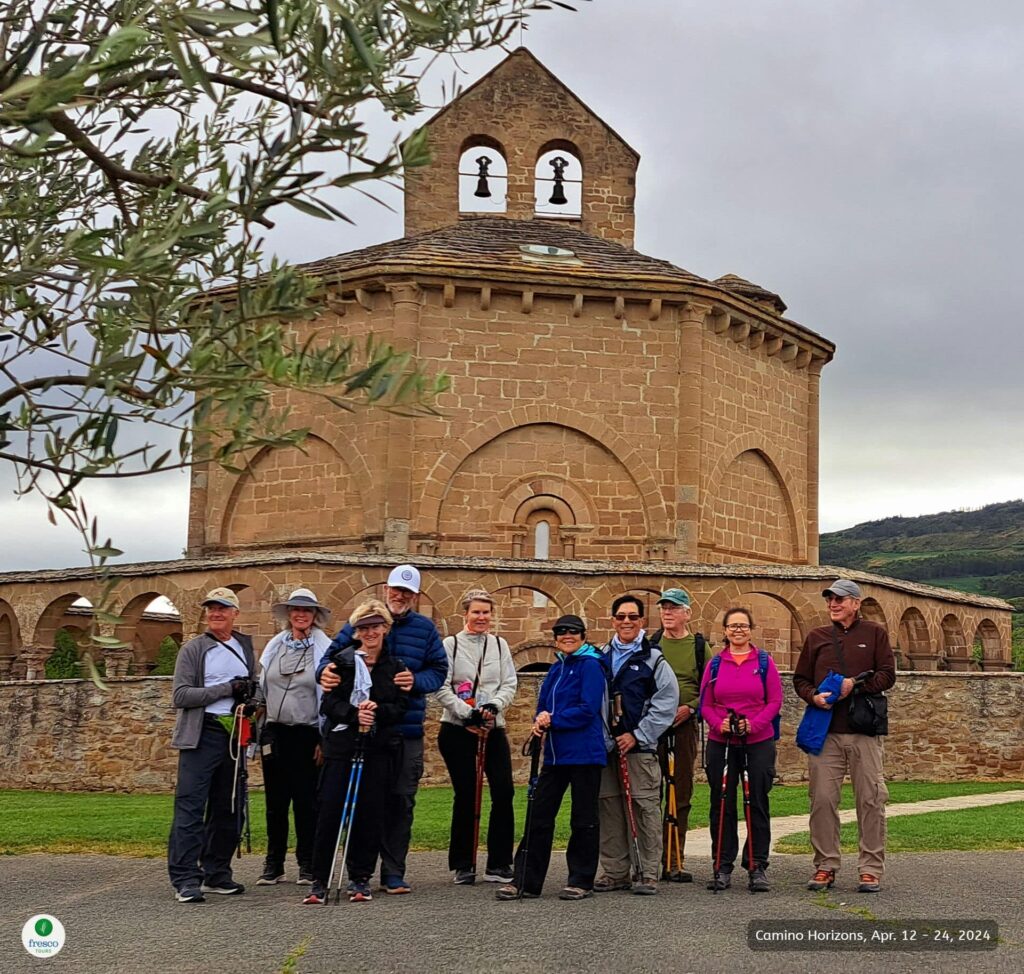Our day begins with a special treat as we walk to the oddly octagonal Romanesque Church of Santa María de Eunate, one of the jewels of the Camino! The church is located near the town of Muruzábal and dates back to the 12th century. Rather unusually, the church is not a regular octagon, as all of the walls are different lengths. This chapel is just after the Alto del Perdón on the Camino de Santiago.

As we continue walking we pass through Puente la Reina, where two major routes of the pilgrimage, the Camino Francés and the Camino Aragonés, converge. The town is known for its namesake Romanesque bridge, which was constructed in the 11th century to facilitate the passage of pilgrims and was later expanded and restored over the centuries. After arriving in town we stop for a homemade Fresco Tours picnic to enjoy some local produce before continuing on our way.

The local artist Koké Ardáiz Loyola is a self-taught sculptor whose work we may encounter as we walk through Óbanos and Puente la Reina. He typically uses wood and dried tree trunks to create his pieces, including:
- The monument to the fourteen victims murdered by the fascists at the beginning of the Spanish Civil War in the Óbanos cemetery.
- The monument to the Layas Race (stilts race), celebrated every September in Puente la Reina.

As we shuttle back to our hotel in Pamplona, we still have one last visit: Alto del Perdón or Hill of Forgiveness! The hill has an elevation of around 770 meters (approximately 2526 feet) above sea level, and at the summit there is a striking monument known as the “Monumento al Peregrino.” The piece consists of large, silhouetted metal sculptures of medieval pilgrims, symbolizing the pilgrim’s journey and the perseverance required to reach the summit.

Another highlight of the Alto del Perdón are the breathtaking panoramic views from the top, a perfect photo opportunity of the surrounding countryside with picturesque landscapes and the Pyrenees mountains in the distance.







